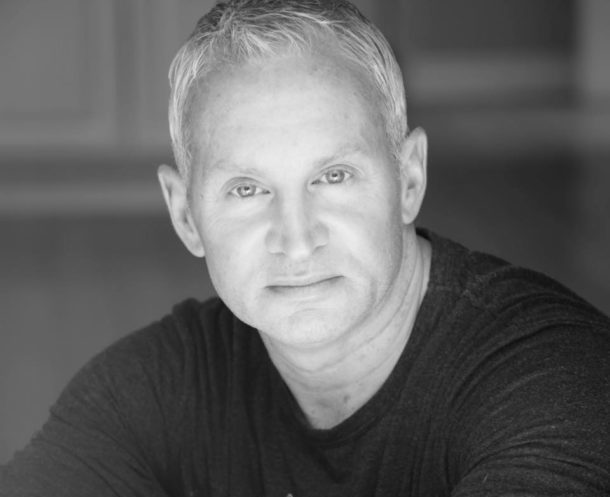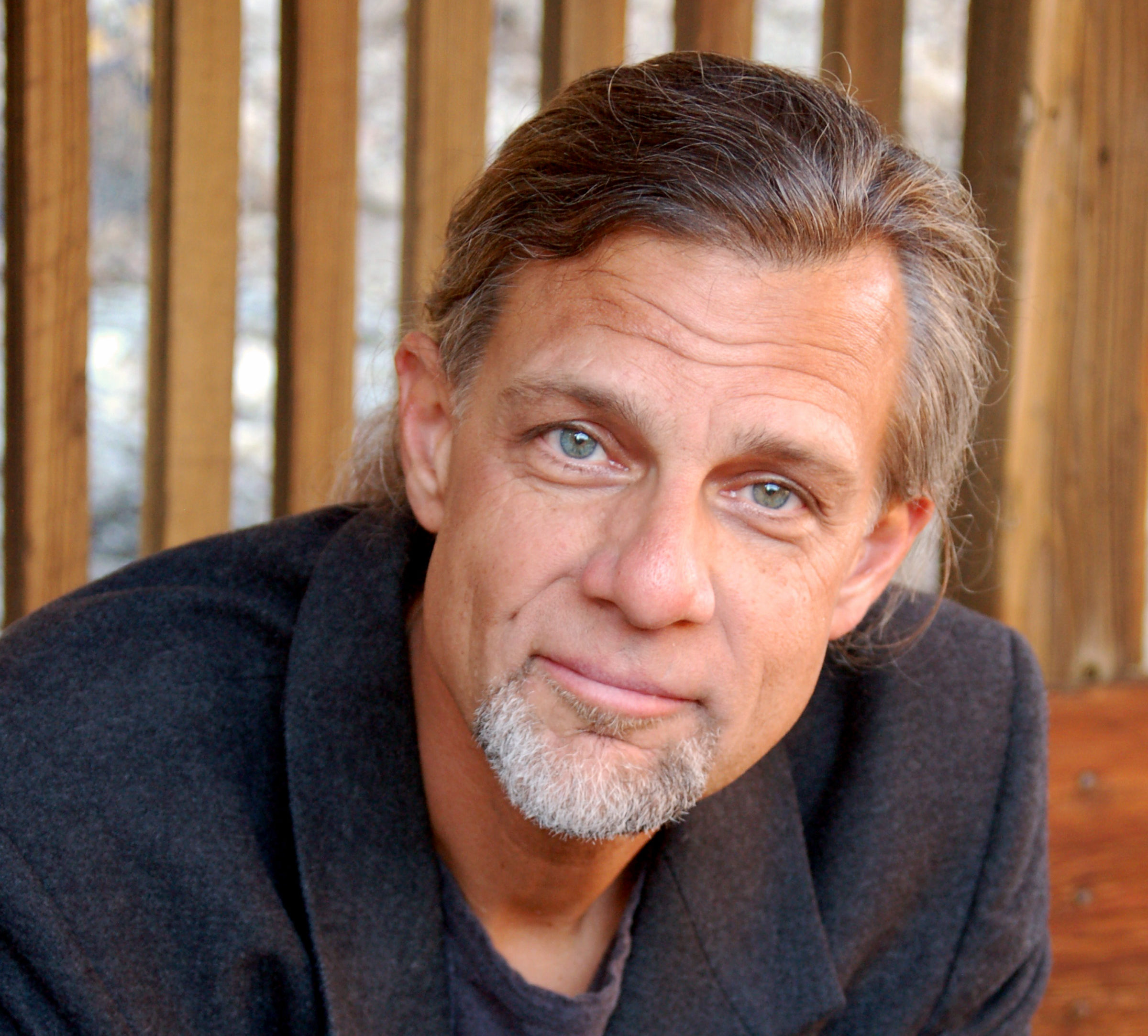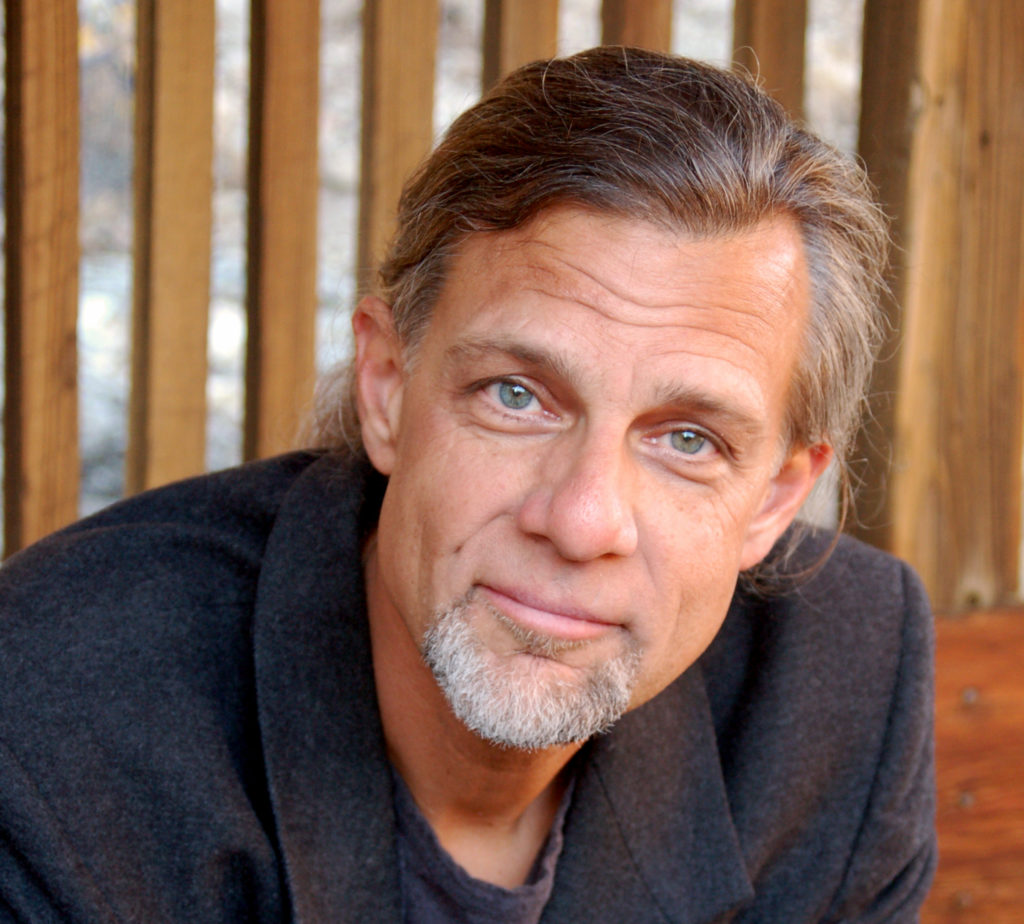Every month, I interview an author I admire on her literary firsts.
Does love exist? Can life matter? Would you try to change the past? These are basically the questions I ask the writers I interview, disguised — some better than others — as questions about writing.
And my latest interviewee, Neon in Daylight author Hermione Hoby, was game for all the oddball questions! Also, she taught me a new word. You know those moving walkways in airports that scoot you along like you’re a piece of luggage on a conveyor belt? Those are called travelators.
Read on to find out if love exists —
__
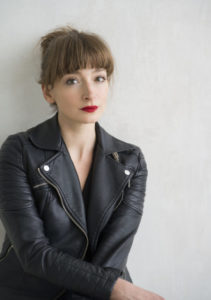 Siel: Neon In Daylight is a coming-of-age story of a girl who moves to New York — with a blurb by Stephanie Danler, who also wrote a coming-of-age story of a girl who moves to New York. I loved both books — and clearly have a thing for coming-of-age novels set in big cities…. What is your favorite coming-of-age novel? Did it or other books serve as a model for your own?
Siel: Neon In Daylight is a coming-of-age story of a girl who moves to New York — with a blurb by Stephanie Danler, who also wrote a coming-of-age story of a girl who moves to New York. I loved both books — and clearly have a thing for coming-of-age novels set in big cities…. What is your favorite coming-of-age novel? Did it or other books serve as a model for your own?
Hermione: Naively, or perhaps plain incorrectly, I never thought of what I was writing as a coming-of-age story, probably because Bill and Inez were as important to me as Kate (the young woman who moves to New York.) I realize, in fact, that I’m really obtuse about the term; I couldn’t tell you what a coming-of-age story is and maybe that’s because life just seems to me a coming of age story – we’re endlessly becoming ourselves.
I don’t think any books served as direct models, but probably a huge portion of almost everything I’ve ever read fed into this book. At a certain point, however, you have to disregard influence and abandon emulation and just become stupid and intuitive and let the book speak to you, rather than the other way round.
I can give you a whole, non-exhaustive litany of writers I love, and with whom I’d be ridiculously honored to be thought of as “in conversation”, but I don’t think that many of them are legible in Neon in Daylight: David Foster Wallace, Don DeLillo, Zadie Smith, Anne Carson, Virginia Woolf, Joy Williams, Lydia Davis, Toni Morrison, Dana Spiotta, Rachel Kushner, Maggie Nelson, George Saunders, Shirley Hazzard, Elizabeth Hardwick and, argh, a load more too. Just in the last few months I’ve had my mind/heart blown by Ocean Vuong, Sally Rooney, John Keene, Olga Tokarczuk, Carmen Maria Machado…
These are my favorite lines of your novel:
“It’s never love, as soon as you feel the next love. Because isn’t that a prerequisite of the condition? That you tell yourself everything that came before wasn’t really it.”
Which makes me ask — Do you think love is a real thing? Meaning — Do you feel a specific feeling called love exists? Or does love exist only in the naming — Is love simply just whatever conglomeration of feelings we choose to call love at any particular point in time and space?
Oh, I’m so glad these lines spoke to you! And oh wow, a phenomenological question. I believe in love, absolutely, but not as an absolute. What I mean is, it’s not the monolith we make it – there are gradations and it’s not a fixed entity because we’re not fixed beings – we’re relational. The problem is that so many of narratives, from all parts of culture, high and low, render it as both absolute and endgame.
On top of writing fiction, you also work as a freelance journalist. I’m curious how you divvy up your time between these different modes of writing — if at all. And is one form of writing more important to you on a personal level than the other?
When I’m writing fiction the journalism just seems so much easier. It’s like that moment when you step onto a travelator at the airport; you’re still walking and still lugging your suitcase behind you but it’s way speedier and with that mechanised speed comes a sort of levity; one might even be compelled to walk backwards, essay a spot of moonwalking.
Conversely, if I’ve been writing journalism, which is necessarily formulaic, and then I go back to fiction, it feels like freedom.
I love journalism, I believe in the profile as a way to illuminate cultural narratives through an individual, and I’ve seen writers make great literature out of the form, but fiction will always be more important to me. It’s embarrassing to use words like “sacred” but the truth is, it’s always been that for me. It requires more of a reader, for one thing. The reason people cry at novels is because they bring themselves to the narrative – without even knowing it they weft themselves in with the characters, it’s a mutual construction. I’ve always been hopelessly moved by the fact of that mechanism – that communion between writer and reader.
If you were to go through the entire first book process again, from acceptance to publication, is there anything you might do differently?
Oh god, I’d take out a large loan; it’s quite hard to survive on freelance journalism rates, and money-terror is just about the most destructive, suffocating thing for creativity. I wasted so much time, in that respect. It feels almost impossible to inhabit that loose, associative, dreamy, open state required to write fiction when you physically can’t breathe properly out of anxiety about paying the rent. I wish we had a culture that lent more financial support to artists but, well, that’s wishful, and we have to work with what we have. Same old story, same as it ever was.
What are you working on now?
It feels overblown to call it “A Second Novel” because it’s, like, twenty five thousand words right now, but it very much feels to me like it might become a novel. It seems to be telling me where it’s going and what I need to do and I trust it. Although: a month or so ago I told an older and much more accomplished writer that it felt so fluent and great compared to the first (which was excruciating) and how brilliant it was to feel this momentum and yada yada. Whereupon he gave me this grim, shrewd look and asked how many words in I was. I told him, he nodded and then he said, “Ah, the honeymoon. Just you wait.”
___
Enter to win a copy of Hermione Hoby’s Neon in Daylight by signing up for my newsletter. Already joined up? Then you’re already entered. Good luck!
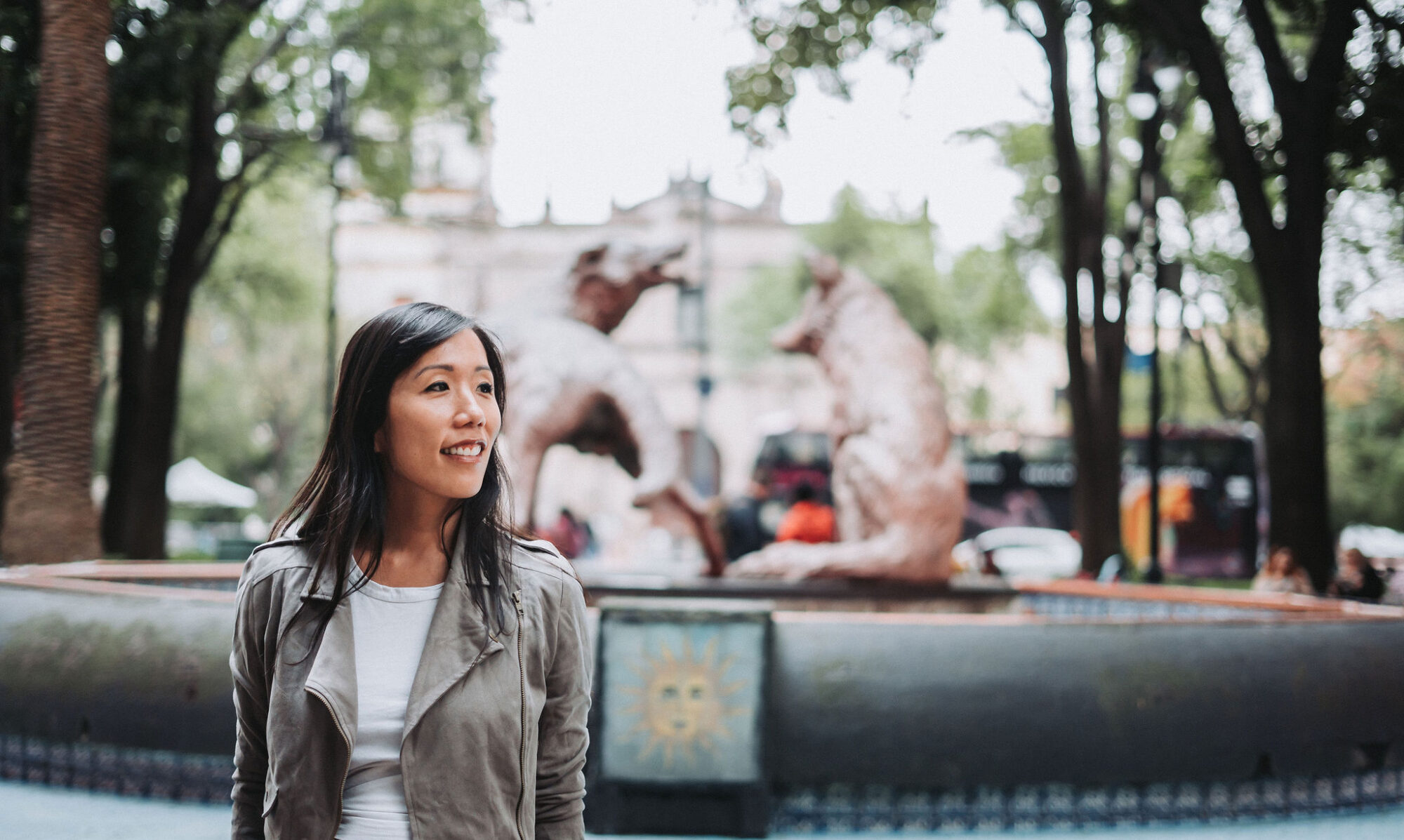
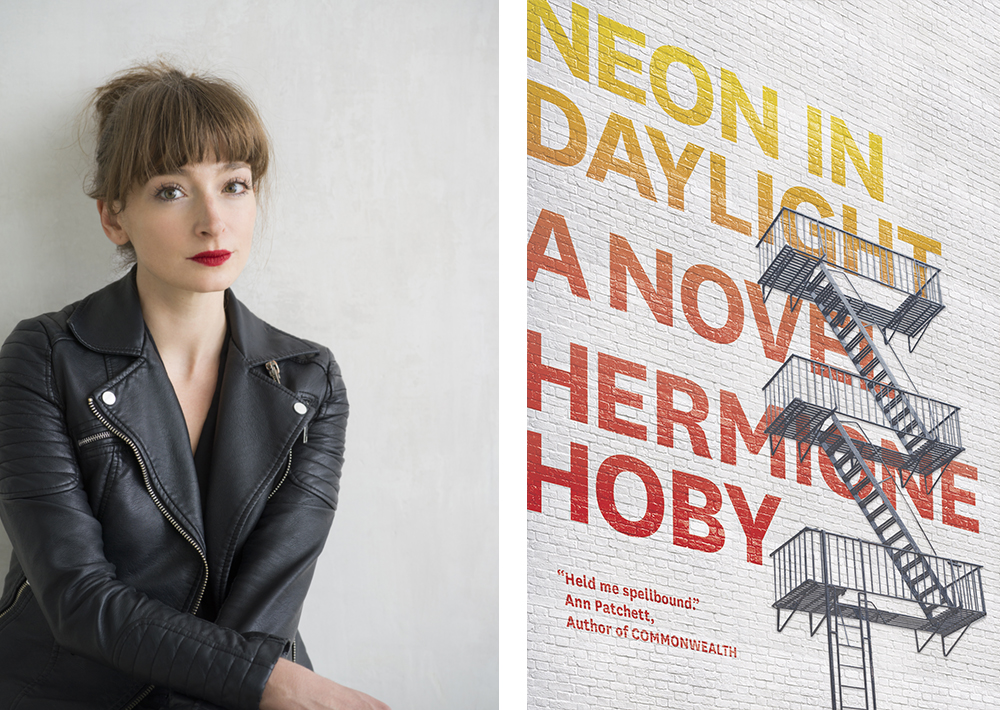
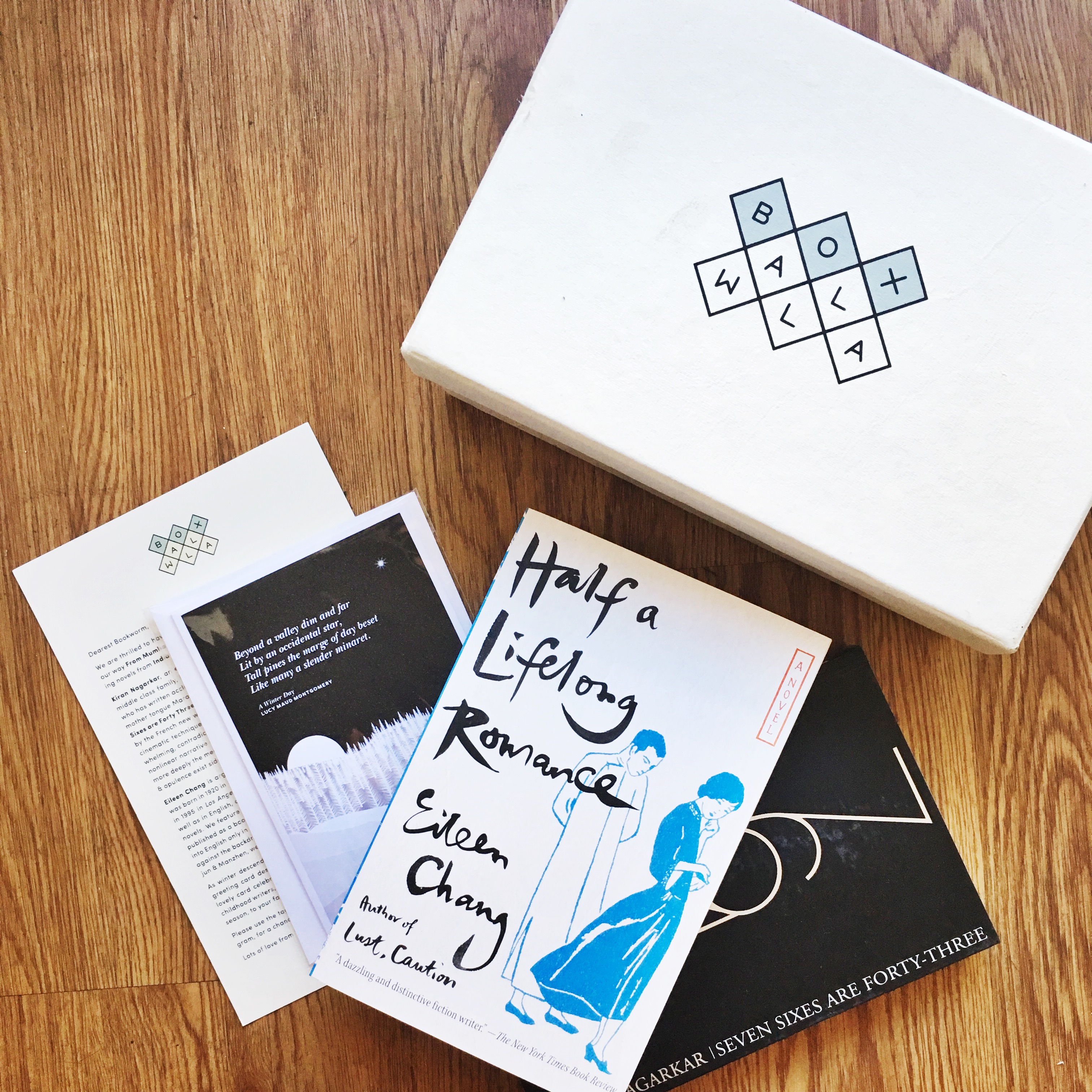
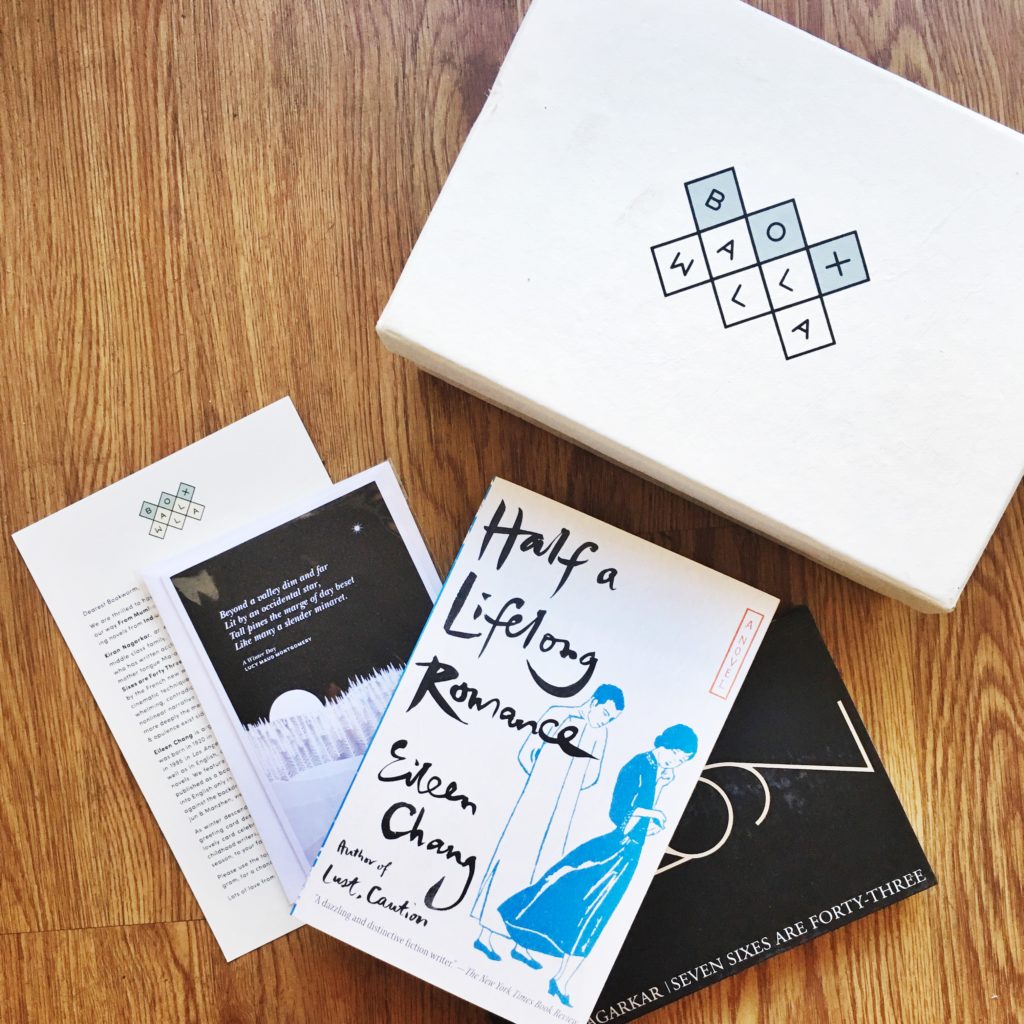
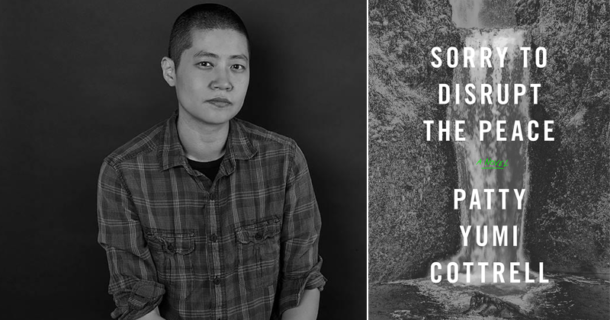
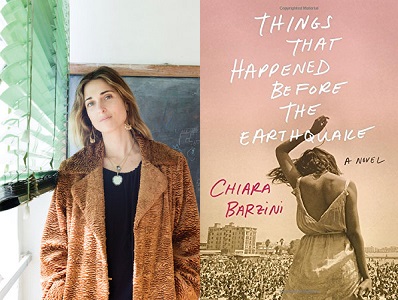
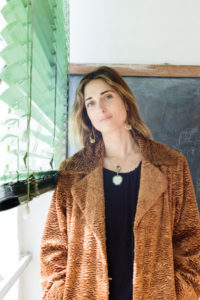 Coming-of-age stories set in Los Angeles: It’s a subgenre of sorts that’s growing in size, that holds within it wildly different books. I love these L.A. stories so much I
Coming-of-age stories set in Los Angeles: It’s a subgenre of sorts that’s growing in size, that holds within it wildly different books. I love these L.A. stories so much I 